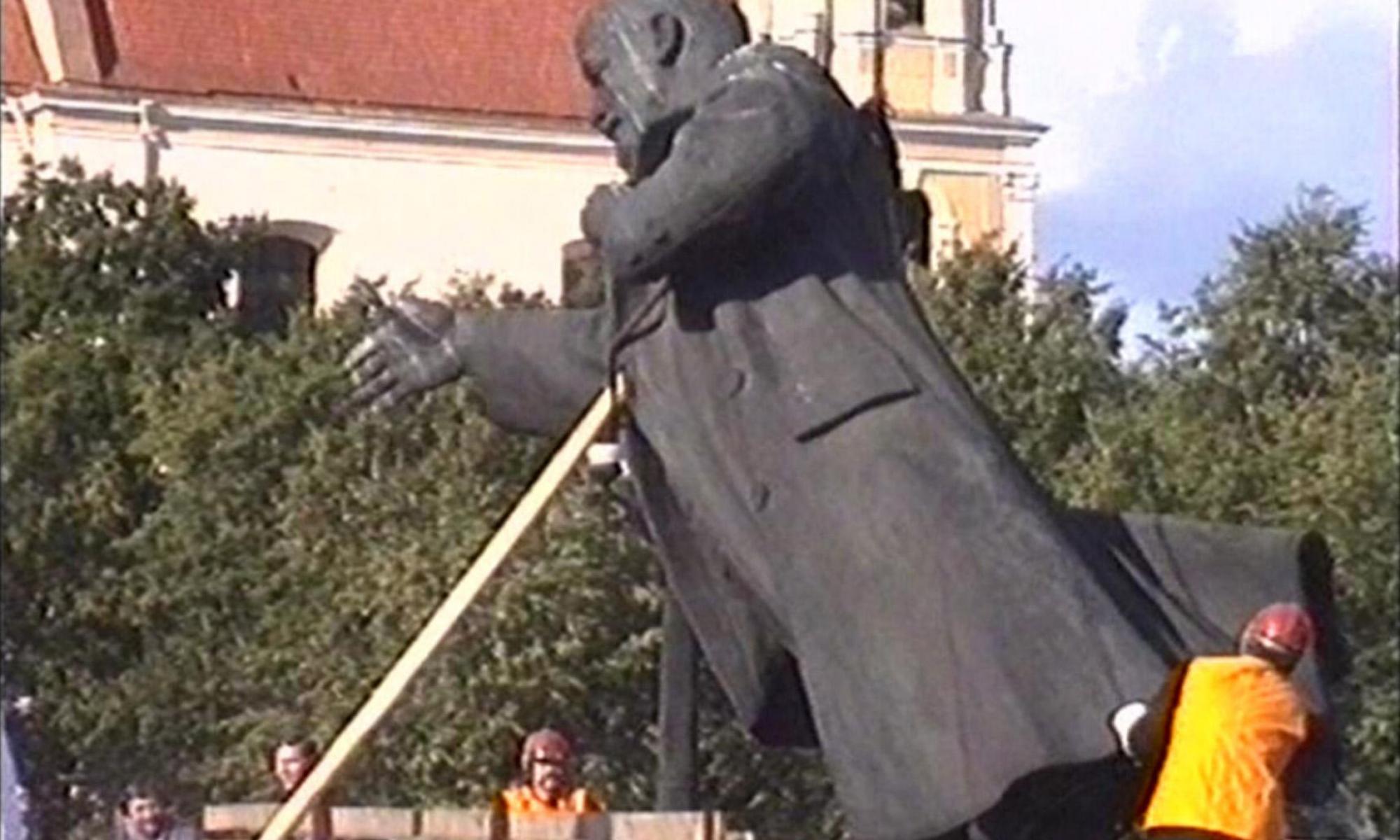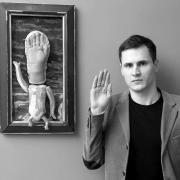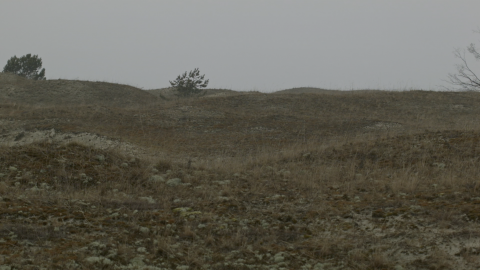Repurposed Monuments
The protagonists of the Lithuanian filmmaker Deimantas Narkevičius’s 3D film 20 July.2015 are eight social realist sculptures. From their installation, in 1952, to their removal, in 2015, the sculptures stood on four pedestals of Green Bridge in central Vilnius, in Lithuania. Unlike their figurative comrades on other sites, most of which were taken down in the early years of the country’s independence, these monuments un- expectedly remained, remnants of defunct ideology and a sort of historical décor. After years of heated public debate on whether they should stay or be removed, the ‘political monsters’ of a not-so-distant past (as they were often referred to in the local media) were, on a warm summer night and accompanied by the lukewarm interest of a small crowd of locals, erased from that past.[1]
Narkevičius’s interest in the role of public monuments, especially those from the socialist era, is prevalent in his oeuvre.[2] In one of his most widely known films, Once in the XX Century (2004), recently shown alongside 20 July.2015 at Maureen Paley gallery in London, Narkevičius used footage from the Lithuanian National TV archive depicting the removal of the public sculpture of Lenin from a square in the Vilnius city centre in 1991.[3] Back in the 1990s, this footage circulated through the international media as an emblem of democracy’s triumph over communism. But the artist runs the sequence in reverse, so in the film the crowd is seen cheering and applauding the installation—or restoration—of Lenin’s statue rather than its removal.[4]
[1] ‘Deimanto Narkevičiaus filmas varžysis Oberhauzeno trumpametražių filmų festivalyje’, art news.lt, artnews.lt/deimanto-narkeviciaus- filmas-varzysis-oberhauzeno-trumpametraziu-filmu-festivalyje-35553; accessed 9 January 2019. It is worth mentioning that despite the sculptures often being labelled by the media as ‘hurtful’, particularly to the generation that endured the Soviet era, at one point they were included on the list of protected cultural objects.
[2] His films Once in the XX Century (2004), The Head (2007), The Role of a Lifetime (2003) and Countryman (2002) all feature public monuments.
[3] Alexander Glover, ‘Deimantas Narkevičius: 20 July 2015’, Studio International, 8 March 2017, studiointernational.com/index.php/deimantas-narkevicius-20-july-2015-review-maureen-paley; accessed 9 January 2019.
[4] Deimantas Narkevičius, Once in the XX Century, moma.org, moma.org/collection/works/148050; accessed 9 January 2019.
Image: Deimantas Narkevicius, Once in the XX Century, Lithuania, 2004, 7 minutes, 56 seconds, Colour, Stereo, 4:3. Original format: Betaca, SP video.
This is a preview of 'Repurposed Monuments'. The full article can be found in Art + Australia Issue Five.



